Editor’s Note: Some names have been changed to protect the privacy of individuals.
I’m standing deep in snow on a moonlit night on an island in the middle of the Bering Sea, watching the people of this community, nearly all of them Siberian Yup’ik, await the arrival of walrus hunters who are bringing in one of the principal sources of food for the village. For the past few weeks, I’ve been a guest art teacher at the high school here, learning about the community’s triumphs and struggles, so I’m feeling invested in the outcome of the hunt.
A student I’ll call Molly walks up through the crunching snow, and we chat about the incoming hunters and the heavier-than-usual snowfall. Then she interjects an unexpected story. She recalls good times with her best friend, how her friend’s dad used to push them around the house in suitcases, how they’d stare at each other and burst into laughter. Her eyes glisten as she falls into a reverie. She tells me her best friend’s father was like a surrogate dad. He’d never let anybody in the village pick on her. The three of them were inseparable.
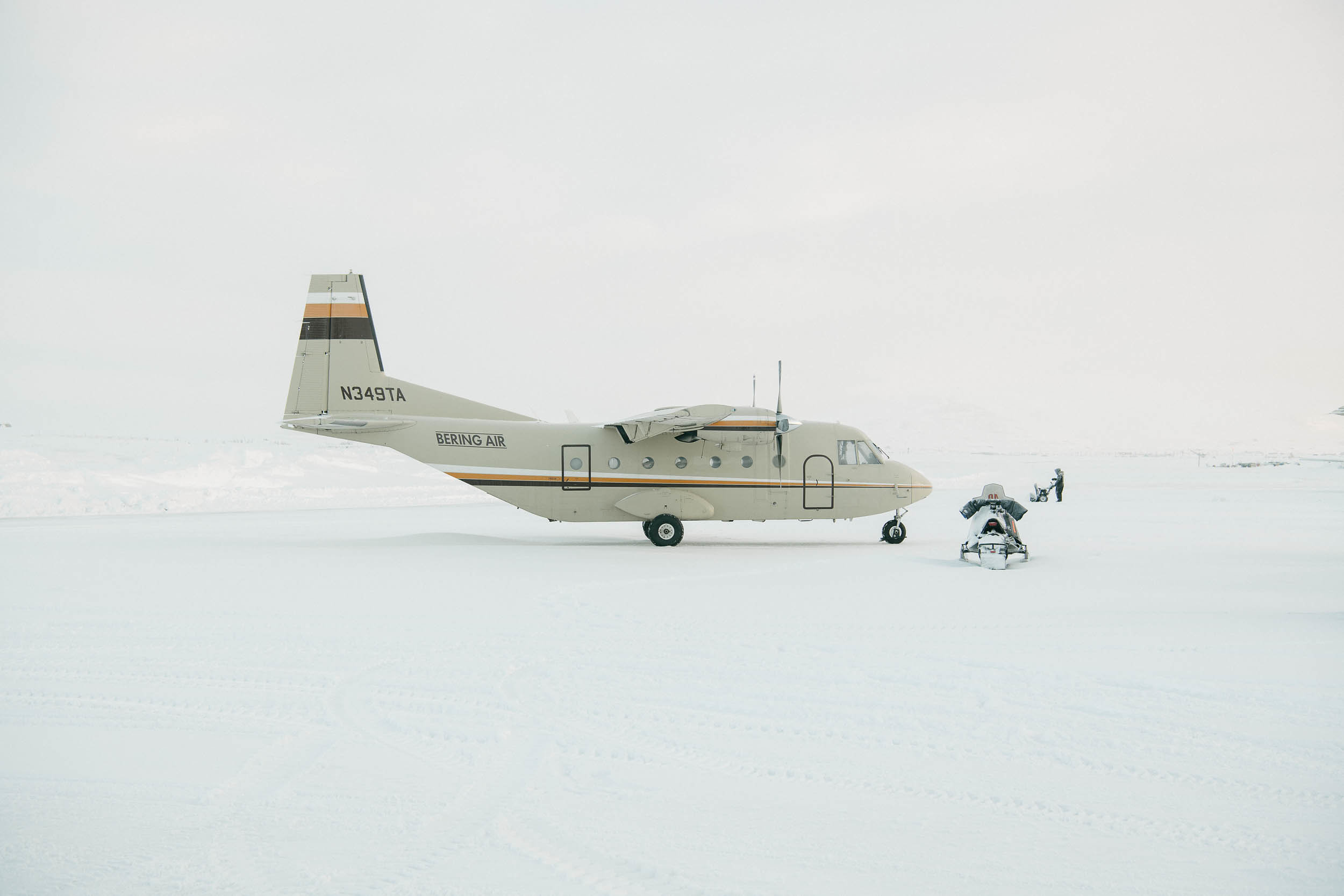
(Photo: Killiii Yüyan)
I noticed she was speaking in past tense. I asked, “What happened?”
After a long pause, she told me in a faltering voice that her best friend had killed himself, and his dad had died from a heart attack the following year.
This is not an uncommon story here. The community of Gambell is on Alaska’s Saint Lawrence Island, which is closer to the Russian mainland than to the rest of Alaska. Winds routinely whip across the landscape at 40 knots, and planes must often wait a week for better weather in order to land.
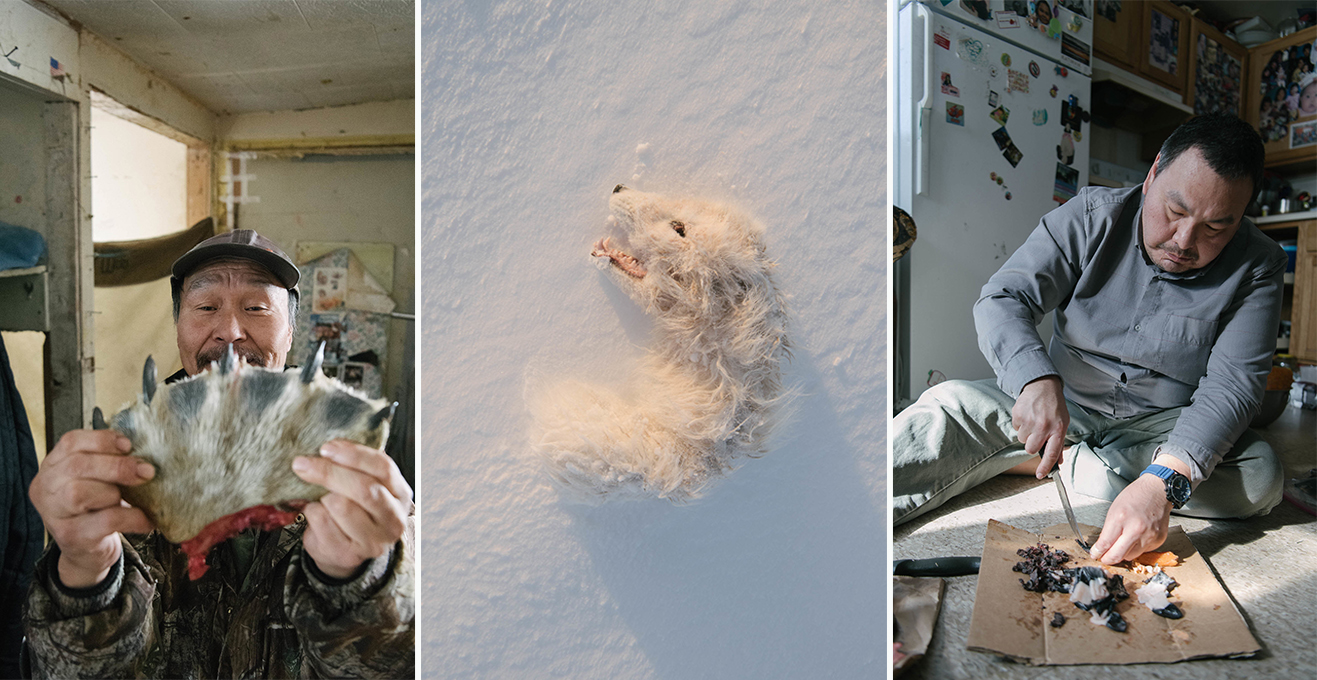
(Photos: Kiliii Yüyan)
When I first arrived, I set out to explore the village and soon found myself invited into the home of a man I’ll call Robert. Inside Robert’s house, I discovered living conditions that Americans might associate with developing nations. The house had almost no furniture. There were holes in the exterior walls with an outside temperature of 10 degrees Fahrenheit. There were two old mattresses on the floor, fewer than the number of people who needed to sleep on them. I later found this shortage of sleeping space to be widespread. Kids often showed up at school having not slept the night before, and the rule at the school was not to disturb sleeping kids for at least 20 minutes.
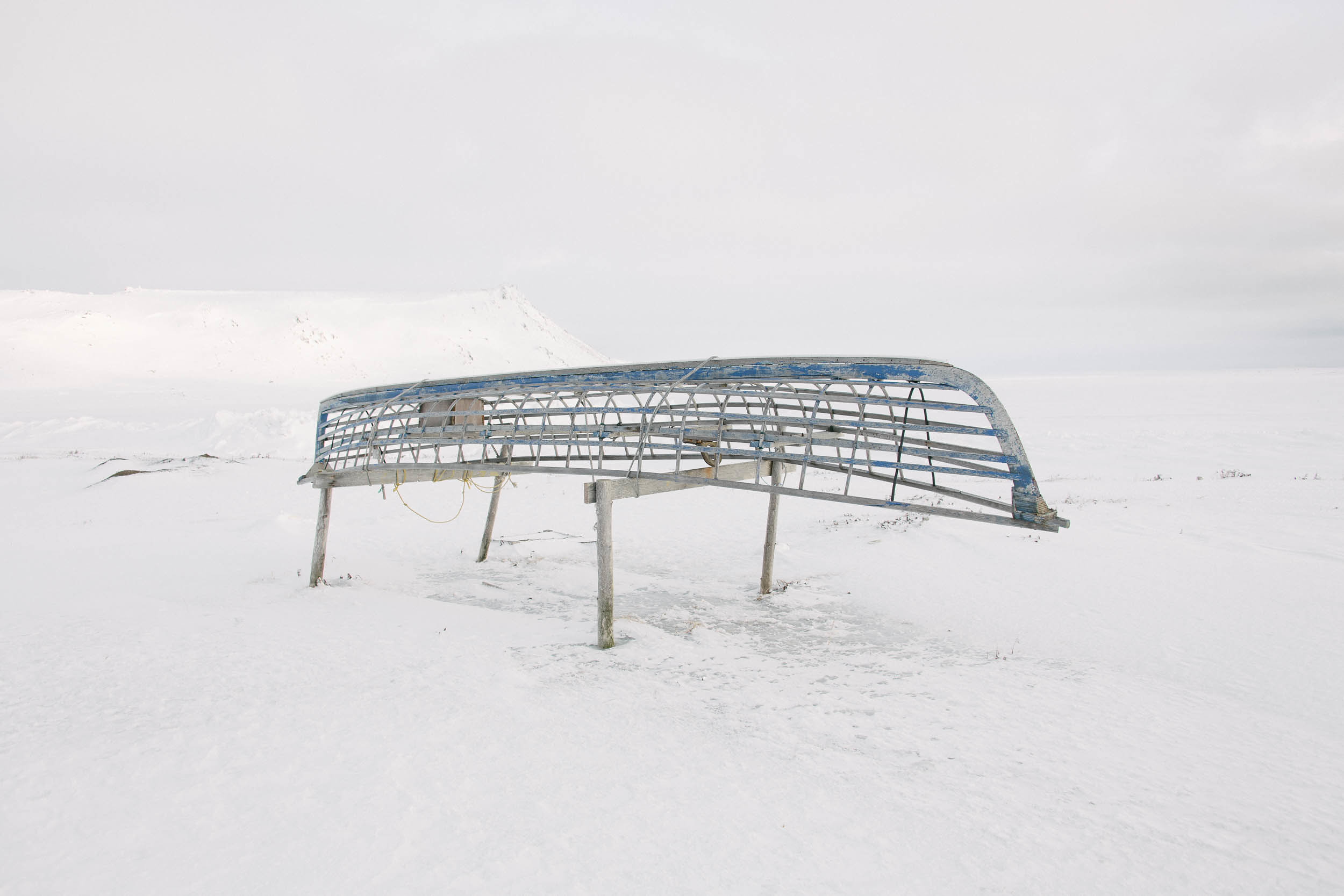
(Photo: Kiliii Yüyan)
Robert’s house had no running water, no counters or storage, and was strewn with cardboard boxes, clothing, and cheap plastic toys. Mixed into all of it were the tools of subsistence hunting, with bullets and tarps littering the floor. The house centerpiece was a television.
Robert was talkative and seemed to appreciate having company. He showed me his teenage son, sleeping in the corner on some cardboard boxes in a condemned portion of the house. The area was under a hole in the roof and covered in about an inch of snow.
I found myself in disbelief, trying to understand how history had created the situation in front of me.
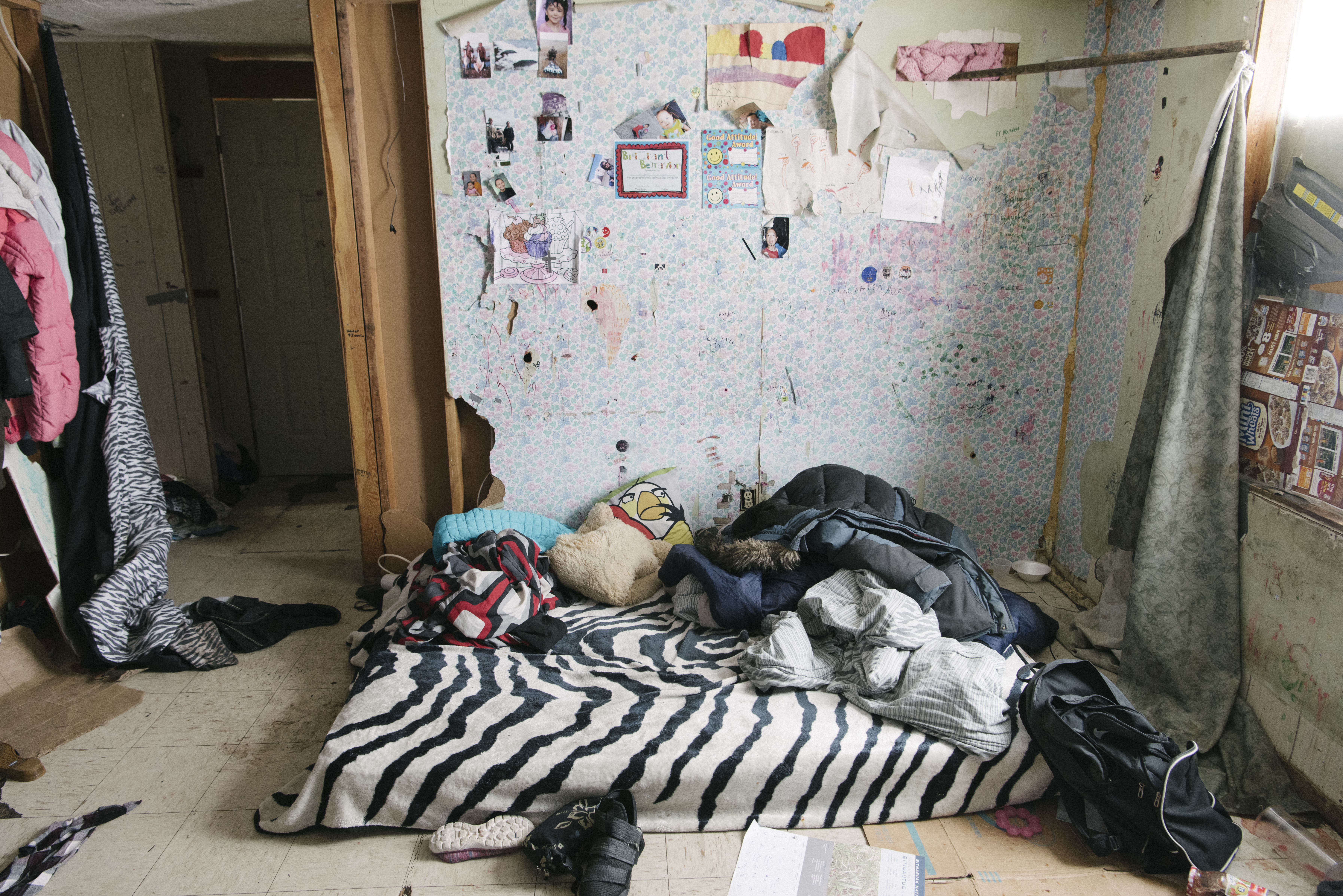
(Photo: Kiliii Yüyan)
The truth is, the people of Gambell have been ravaged by colonization. The first Europeans arrived in the waters of North Alaska in the mid-1700s. A century or so later, American commercial whalers began hunting marine mammals in the area, and, in short order, reduced the number of whales and walrus to a fraction of their former populations. In 1878, after the whales and walrus herds vanished, a famine hit the island, and an epidemic brought by the whalers killed more than a thousand people. The population of Saint Lawrence Island was decimated. Some survivors fled to mainland Alaska as refugees. Only decades later, after the whalers lost their market to petroleum, and the walrus slowly returned, did the Yup’ik population on the island begin to rebound.
The whaling era interrupted thousands of years of subsistence hunting by the Yup’ik, shunting them into a dependency on the market economy. For decades, children were forced into boarding schools, where any use of their native languages and cultural practices was severely punished. An entire generation was subjected to physical and sexual abuse and cultural genocide.
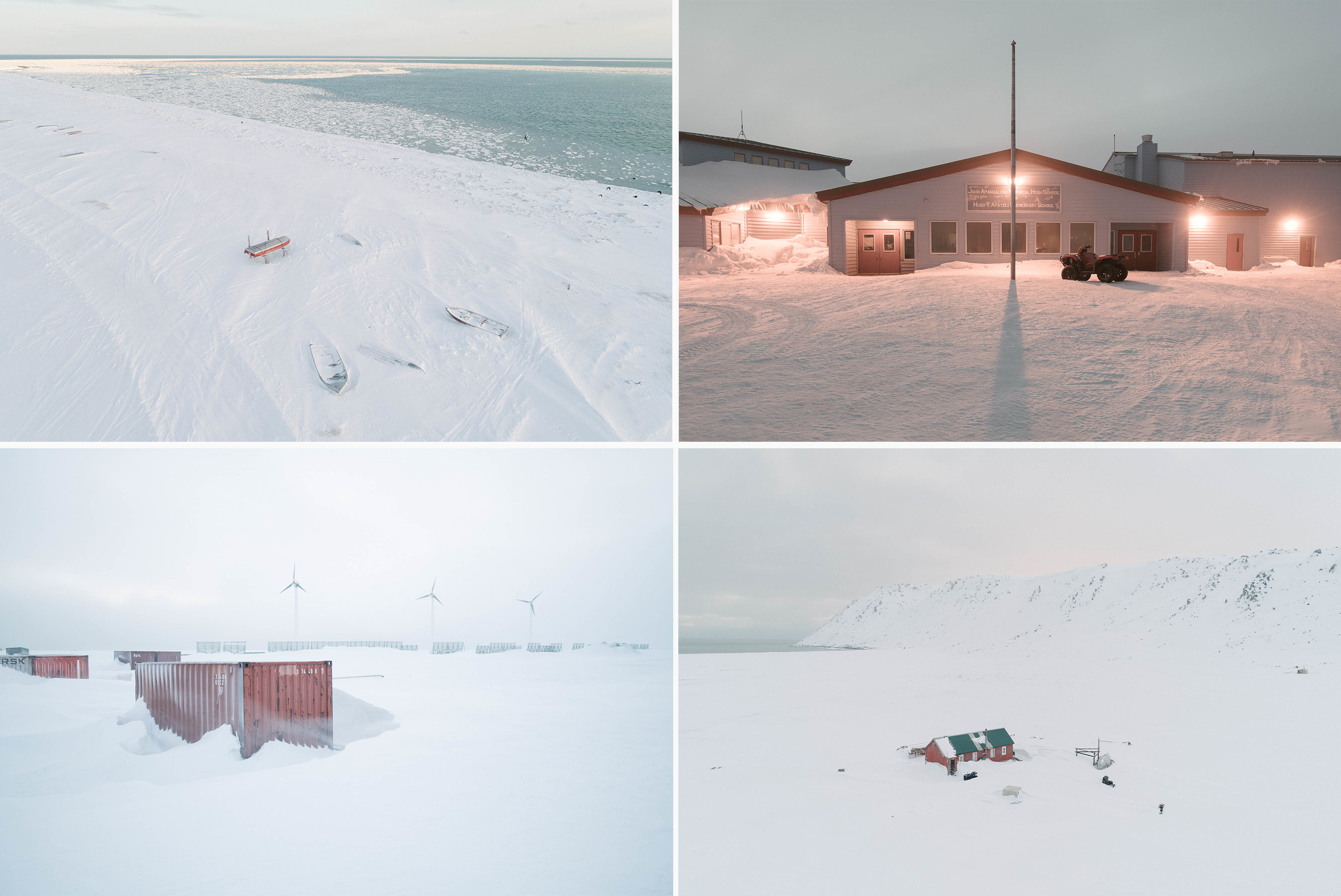
(Photo: Kiliii Yüyan)
Eventually, the United States government started to provide ramshackle housing and a school in each of the island’s two villages, Gambell and Savoonga, but with increased modernity also came alcohol and drugs. Abuse of both is prevalent today in these communities, each with a population of just under 700. Cancer rates have also climbed as fish and marine mammals, both staples of the Yup’ik diet, have become contaminated with pesticides creeping up the food chain. Few families are untouched by the perils of alcoholism, cancer, and domestic abuse. And the Yup’ik have some of the highest suicide rates in Alaska. Specific data for Saint Lawrence Island is incomplete, but a 2012 study found that the annual suicide death rate for Alaska Native youth was 18 times higher than that of American youth overall. Between 2008 and 2011, suicide was the leading cause of death for Alaska Native youth aged 15 to 24. And Alaska Natives were 2.4 times more likely to have had the suicide of a friend or family member as a circumstance leading to their own death by suicide.
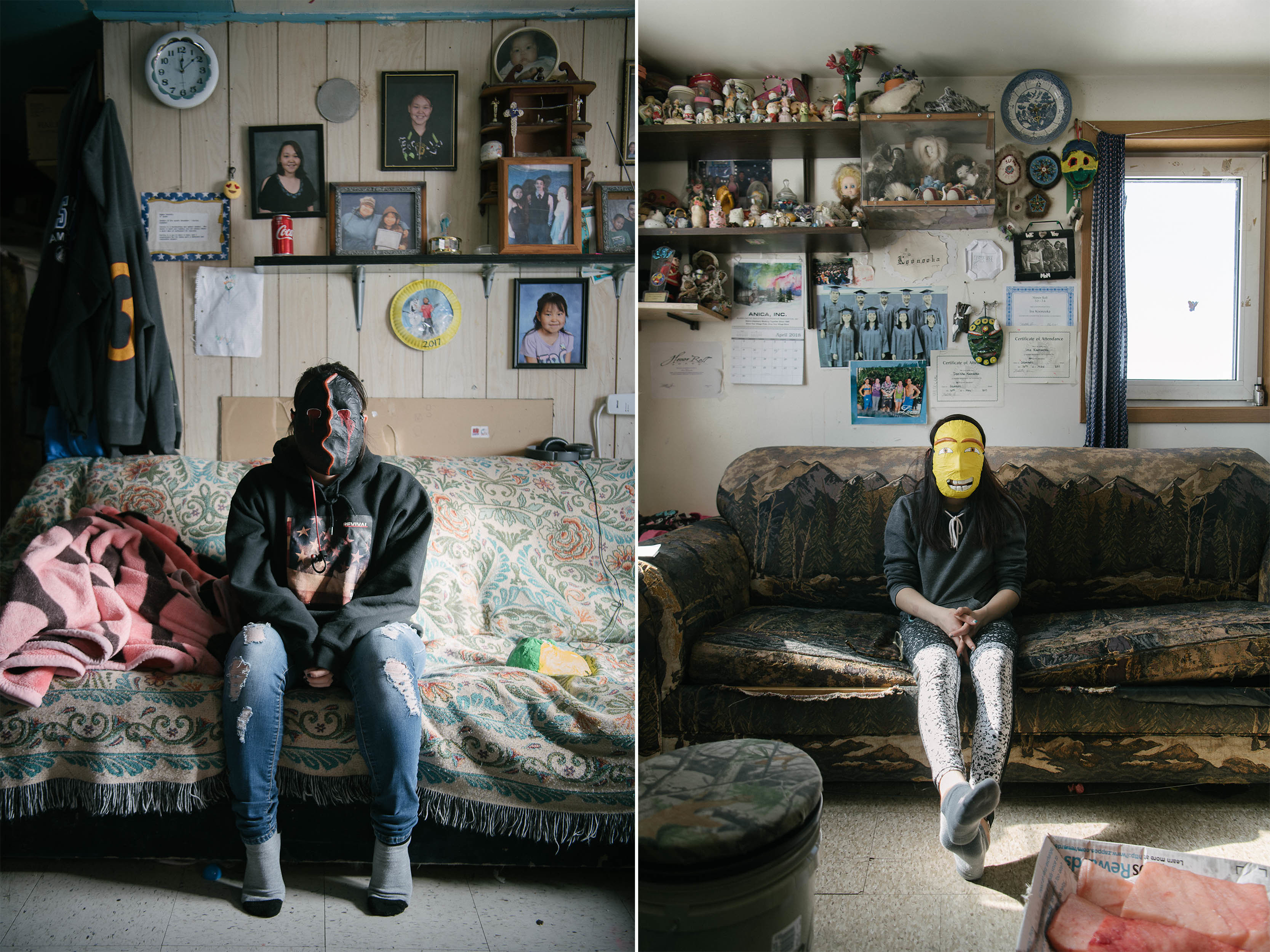
(Photo: Kiliii Yüyan)
Despite the ramifications of this horrific history, I soon came to see that the community had a vitality that was rare in the modern world. The children were not full of despair—and indeed far from it. The kids had wildly varying behavior, sometimes carrying anger that they took out in school, but, for the most part, they were full of joy. The younger kids romped gleefully with each other. The older kids loved working on art, from traditional ink drawings to sculpture.
When I arrived in March of 2018, my task was to create a suicide-prevention program at the Gambell School in collaboration with the art teacher and staff. As a form of art therapy, we made papier-mâché masks with the students. Arctic indigenous cultures such as the Yup’ik are famously laconic, and not known for expressing their feelings, so this mask-making activity was designed as a socially acceptable way for teenagers to let out some of those pent-up emotions. I asked the students to work on two masks: one representing their internal grief and darkness, the other representing their joy and hope. We worked together for three weeks, taking cues from traditional Yup’ik masks that an elder talked with us about, and that we researched online and in books. Some of the students integrated references to pop culture.

(Photos: Kiliii Yüyan)
My vision was to make photographs of the students wearing their masks in places that brought them closer to their griefs and their joys. For grief, several students led me outside. We went to a basketball court, a reminder of a well-loved fellow student and basketball player who they said had recently committed suicide. Standing in that place, I could feel the pain carried by the students, as well as their fortitude in facing that pain. To capture the obvious joy that my students had as well, I asked several of them to let me photograph them in their homes. The conditions in these homes were better than the first house I visited, and there was much love apparent. Photographs of families and friends adorned the walls. Kitchens had cabinets, and there were chairs. Even so, there still weren’t enough mattresses, and those that were there remained on the ground.
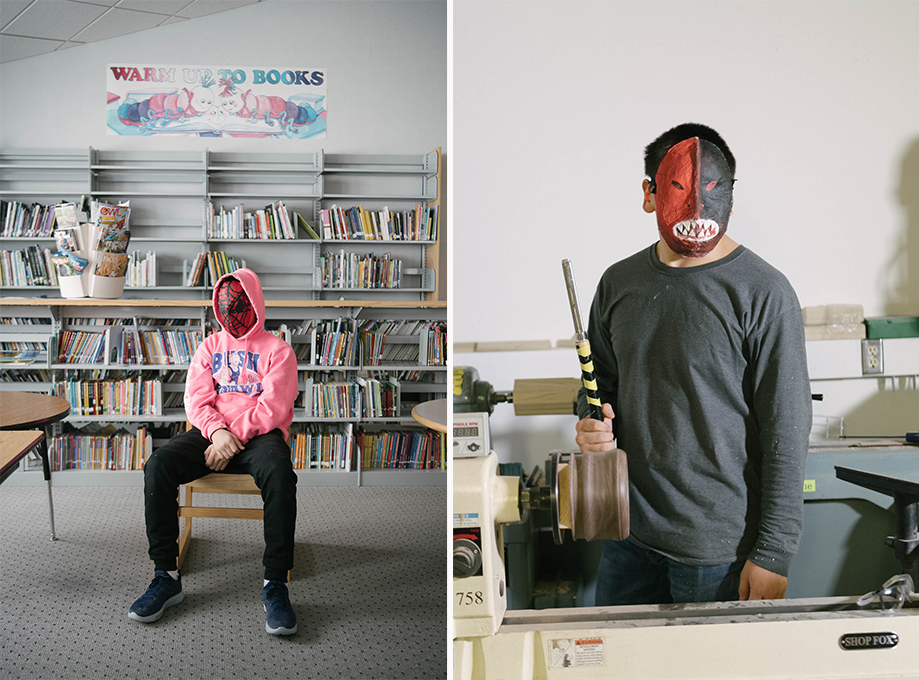
(Photos: Kiliii Yüyan)
During our time together, I asked the students to reflect on suicide in their community and how it had affected them. It was clear that it affected just about everyone, but there were also deaths from cancer and accidents as well. Despite all this tragic loss, many of the students seemed to have a healthy approach to life. Their resilience made me wonder—if I were surrounded by so much grief, would I find the strength to go on?
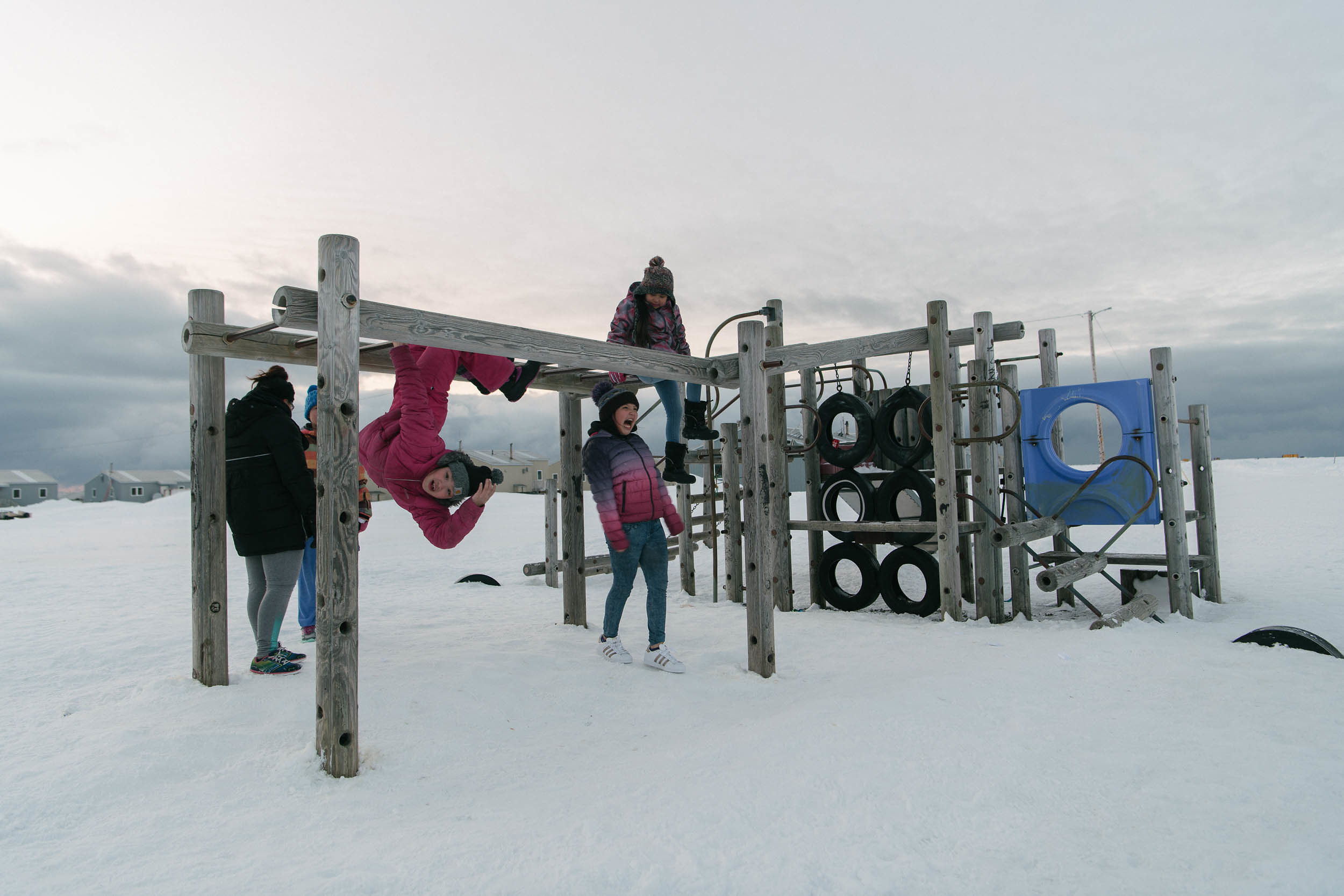
(Photo: Kiliii Yüyan)
There is something positive at the end of this story. I discovered that the suicide rate for Native youth in northwest Alaska appears to have declined significantly in the last five years, according to research published in Northern Public Affairs. And a study published in the International Journal of Circumpolar Health found that suicide prevention efforts in Yup’ik villages are improving, as community-led mental-health programs have become established. The former legacy of non-Native outsiders trying to improve conditions with a paternalistic hand has given way to a new approach, with communities empowering their own youth to deal with suicide and other mental-health issues. By offering helping hands to their peers, these young people are learning to believe in themselves and preparing to guide their communities and cultures into a new era. ❖

(Photos: Kiliii Yüyan)

Author & Photographer: Kiliii Yüyan is an indigenous Nanai/Hézhè and Chinese-American photographer and filmmaker. He has contributed award-winning features for National Geographic, Time, Pacific Standard, and the Guardian. On assignment, he has fled collapsing sea ice, weathered botulism from fermented whale blood, and found kinship at the edges of the world. He is based out of Seattle.
Editor: Jennifer Sahn
Researcher: Emily Moon
Picture Editor: Ian Hurley
Copy Editor: Leah Angstman





